Clear Pronunciation Matters
Mispronounced or muddled sounds can confuse young readers and writers and delay their literacy development. Phonics is most effective when sounds are modeled clearly and consistently.
For example:
· Saying ‘buh’ instead of a crisp /b/ adds unnecessary vowel sound.
· Overemphasizing or distorting sounds can make blending more difficult.
Clear Pronunciation Helps Learners
· Blend sounds smoothly to read words. For example; s / a / t = “sat”.
· Segment words accurately for writing words (spelling).
· Recognising patterns and word families. For example; cat, hat, bat.
How to Gain Clear Pronunciation
Every sound is created by the physical position of the mouth, tongue and lips. These small movements make a big difference when it comes to pronouncing letter sounds accurately.
Some examples are;
· The /m/ sound is made by pressing both lips together.
The /l/ sound is formed with lips and teeth apart, and the tip of the tongue touching the ridge behind the upper front teeth.
The /s/ sound is made with the lips apart and the teeth are closed, the tongue is close to the upper front teeth but not touching them, creating a narrow channel for air.
How to Help Your Child at Home
Firstly, speak clearly, slowly and intentionally, using correct pronunciation of words. For example; the word for the number 3 is “three”, not “free”. The sounds /th/ and /f/ are formed quite differently and will cause confusion.
Secondly, use pour sounds when focusing on individual letters. Some phonemes to watch for are b, g, l, m, n, p and t. Remember to keep the sound clean without adding any unnecessary vowel sounds.
Lastly, have children watch themselves in a mirror as they say sounds and words. This will help them develop awareness of the physical position of their mouth, tongue and lips.
Mouth, tongue and lip positions are the tools of clear and confident speech. By paying attention to how letter sounds are physically formed, we set the stage for better reading, writing, speaking and listening skills for beginning learners. So, next time you pronounce a sound, take a moment to notice what your mouth, tongue and lips are doing.
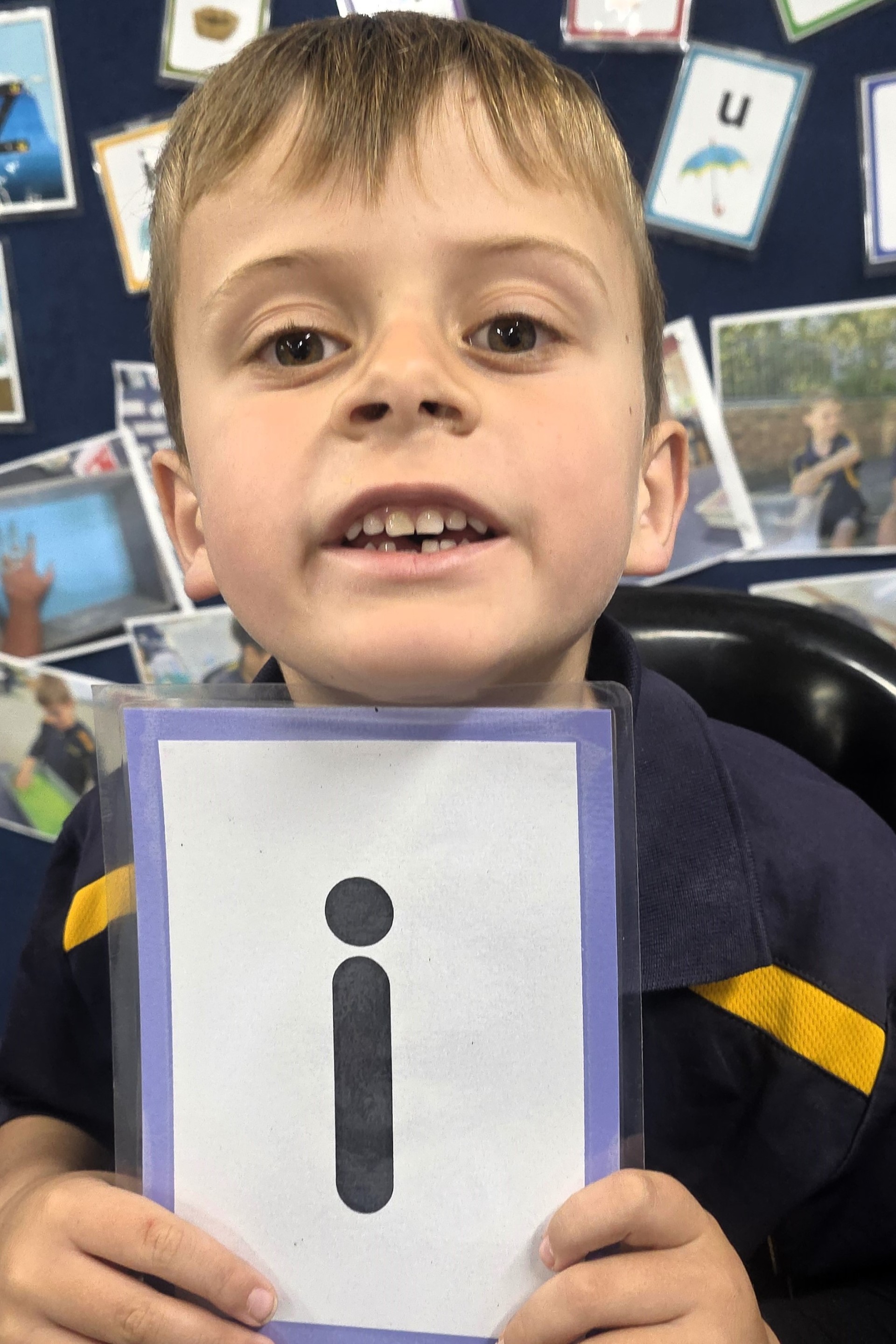
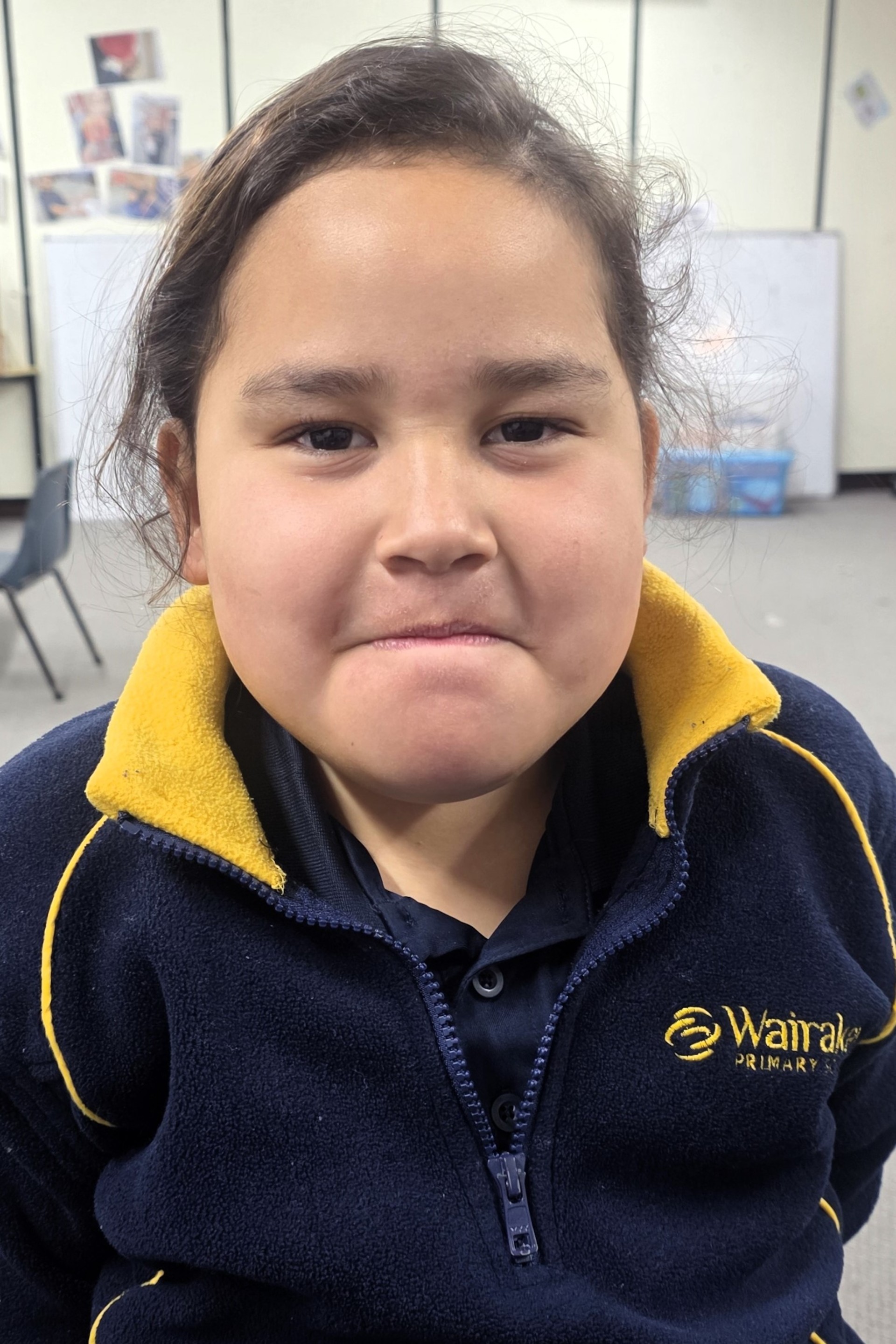
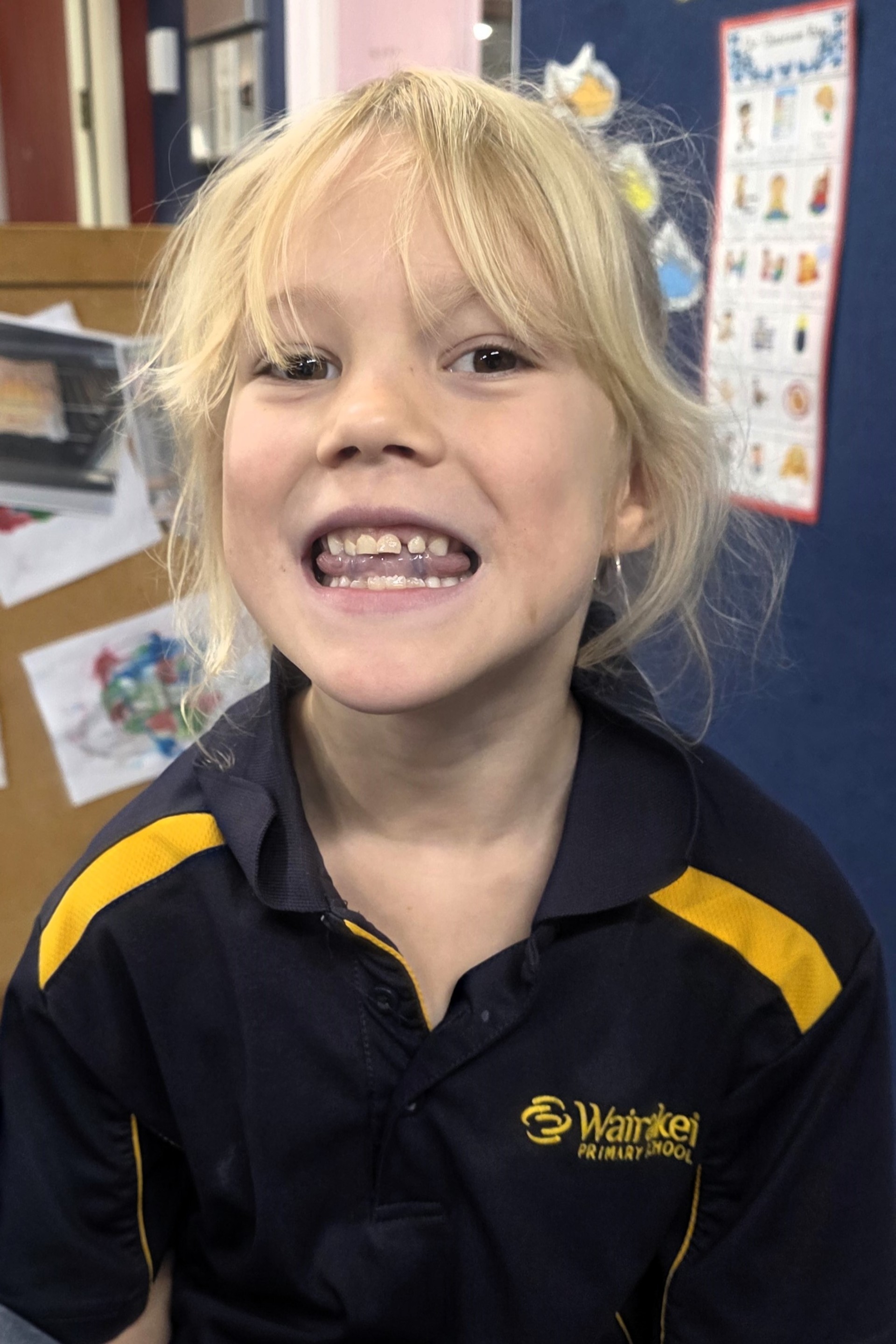
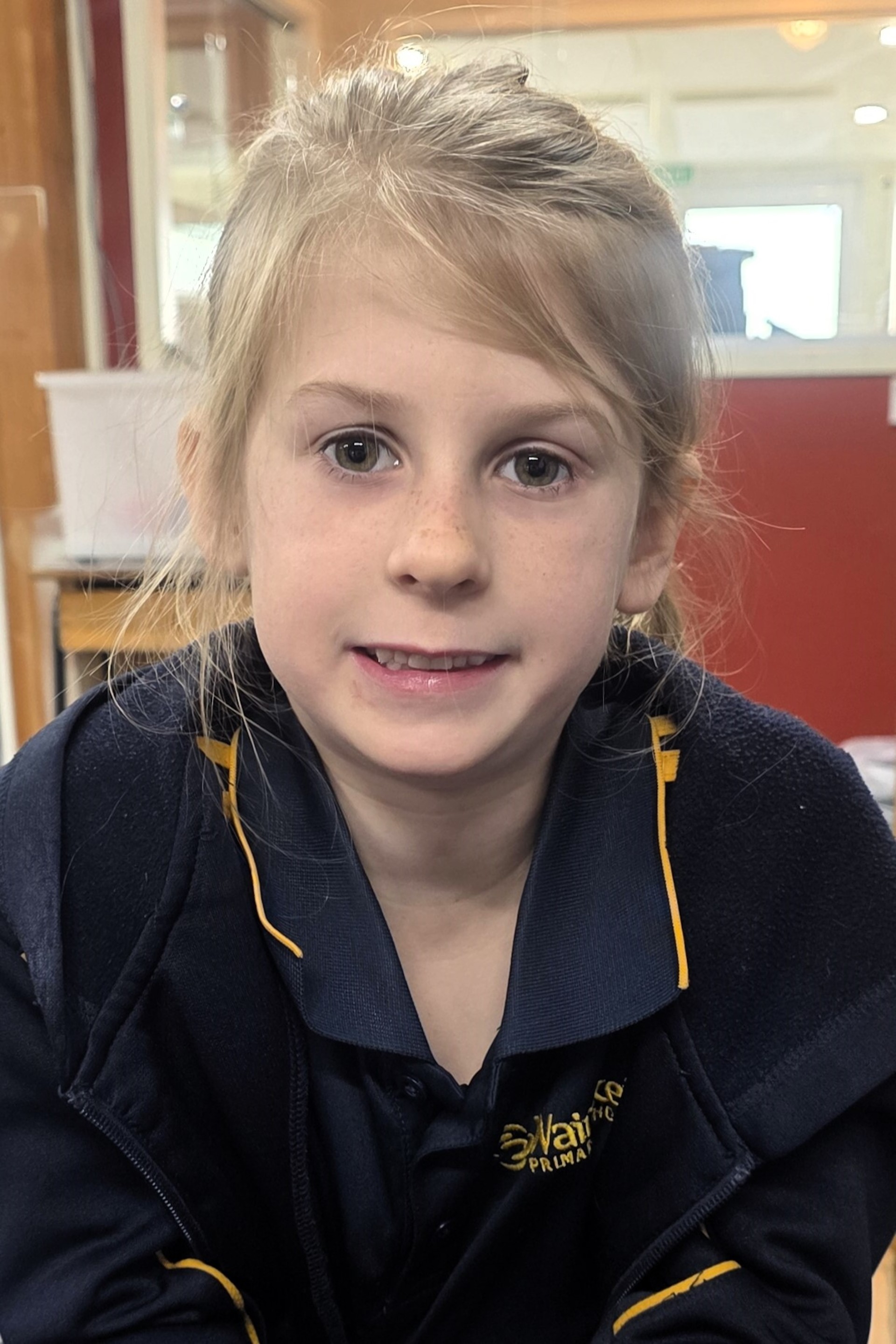

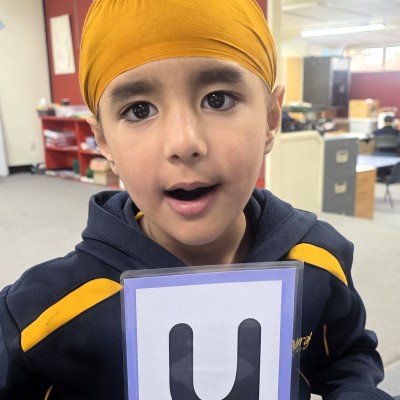
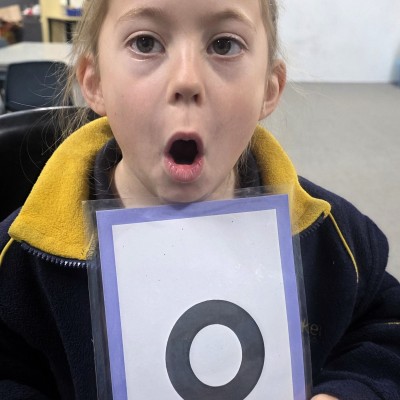
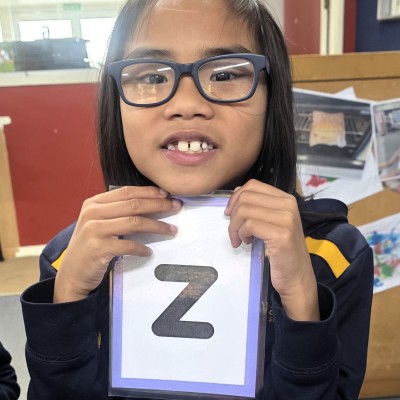
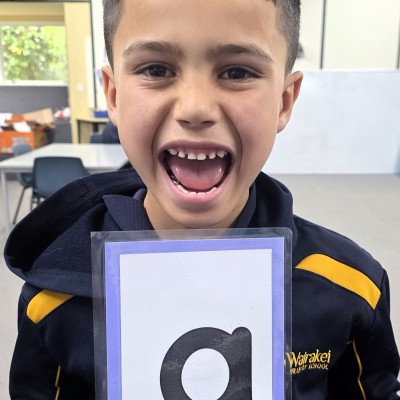
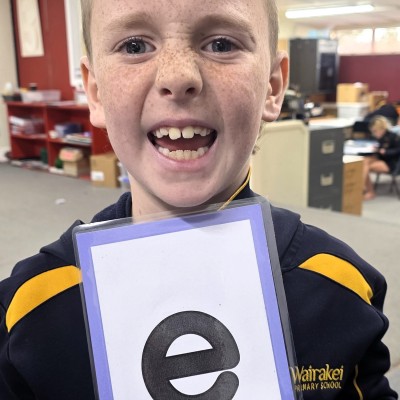
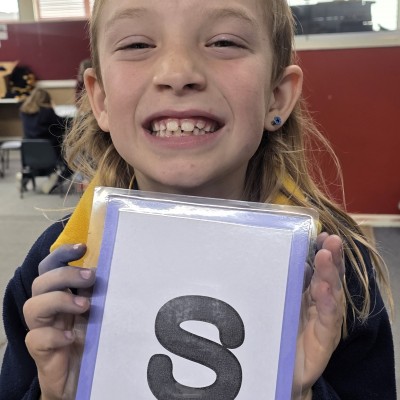

Comments
No one has commented on this post yet.